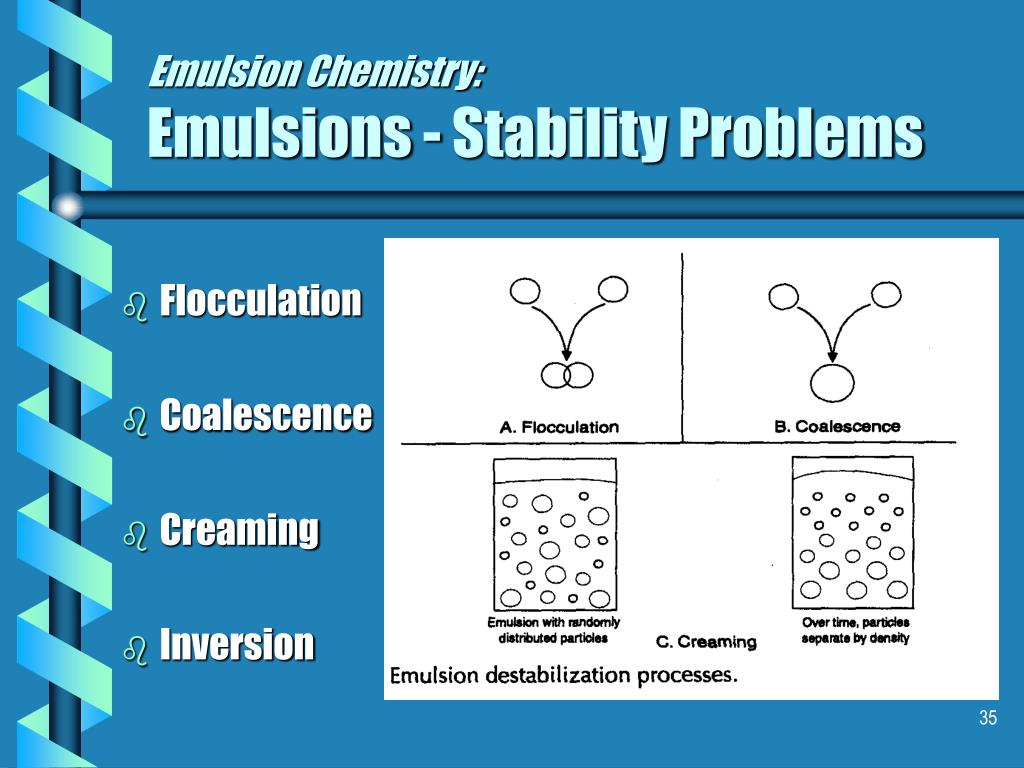
Add half a teaspoon of flour to the mixture of oil and water.Repeat steps 1 and 2 with a fresh bottle (test tube).Remove the screw top (bung) and leave the mixture to stand for around 5 to 10 minutes.Add half a teaspoon of sugar to the mixture of oil and water.Repeat steps 1 and 2 with a fresh bottle/test tube.Remove the screw top/bung and leave the mixture to stand for.Add 2 cm 3 of detergent to the mixture of oil and water.Repeat steps 1 and 2 with a fresh bottle or test tube.Remove the screw top/(bung and leave the mixture to stand for around 5 to 10 minutes.Record what you see by taking a photograph, draw a picture or write a sentence.Shake the mixture in the bottle/test tube for about a minute.

Using another (teat) pipette add about 2 cm 3 of water.Using a (teat) pipette put about 2 cm 3 of oil into a screw top bottle (or test tube).Egg yolk separator (or separate using the egg shell).3 teaspoons (or plastic disposable spoons).5 disposable (teat) pipettes – 1 for the water, 1 for the oil, 1 for the detergent 1 for the egg white and 1 for the egg yolk (it may be easier to use a spoon for the egg yolk).6 small screw top bottles (100 cm 3) or test tubes and bungs.Like all good science-artists, you decide to investigate further… Equipment: Apparently he adds a secret ingredient to his paint, and according to rumours it has something to do with chicken eggs. However, when you tried to use these minerals in the past, you were unable to make a useable paint by just adding water. Apparently he has been using lots of different minerals and other materials to create paints of amazing colours. You are an ancient Egyptian science-artist, and you have heard of an up-and-coming artist whose new paints are causing quite a stir. Suggesting ways of creating an emulsion from two non-mixing, based on my observations of the experiment.Using my observations of the experiments to draw conclusions about the properties of the liquids used in the practical.Accurately using key terms such as mixture, emulsion, emulsifier, hydrophilic and hydrophobic.



 0 kommentar(er)
0 kommentar(er)
